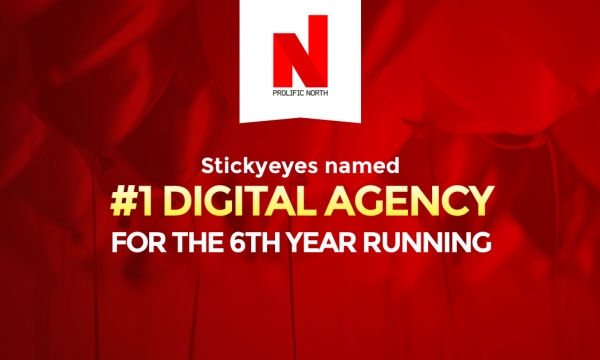
There were big changes at the two main social networks this month, while we started playing around with lots and lots of data.
Google trials ‘mobile friendly’ tag to improve mobile experience

Google started handing out ‘mobile friendly’ labels on mobile search pages – and there were suggestions that the label could earn you special treatment in the mobile algorithm.
The label is designed to alert users to web results that are optimised for small screen devices, with an absence of Flash, easily readable text and responsive sizing all being seen as positives for mobile users.

But the label could be earning sites a better ranking as a result, with Search Engine Land reporting a Google statement as claiming that the search engine is “experimenting with using the mobile-friendly criteria as a ranking signal”.
Twitter rings the changes to appease Wall Street

Under pressure from Wall Street, Twitter has rung the changes and announced new features that it feels will attract new users and turn around that tumbling share price.
The biggest change, as expected, is the introduction of an algorithm to Twitter for the first time. Twitter will soon start populating people’s news feeds based on relevance and popularity of content, rather than simply displaying content chronologically.
Twitter as also made commitments to improving the service as a source of news discovery, introducing alerts and breaking news notifications.
We’ve taken a look at the five big changes.
Facebook fiddles with its content settings

Facebook announced a series of changes make it easier for users to avoid branded content and commercial posts.
Users will be able to manually determine how much content they want to see from individual friends, groups and pages, tailoring their news feeds to content that interests them most.
At the same time, Facebook announced a squeeze on “overly promotional” posts, claiming:
“As part of an ongoing survey we asked hundreds of thousands of people how they feel about the content in their News Feeds. People told us they wanted to see more stories from friends and pages they care about, and less promotional content.
“What we discovered is that a lot of the content people see as too promotional is posts from pages they like, rather than ads.”
We have reviewed the announcement here.
We play with Google’s Consumer Barometer

Google updated its Consumer Barometer tool, and we had a fiddle with it.
For instance, did you know that Sweden is the smartphone capital of Europe, or that both Norway and the Netherlands have more over 55s online than anywhere else in the world? Well, you do now.
How big of a deal is HTTPS?

Google announced back in August that HTTPS protocols were considered a ranking factor. Since then, analysis of the actual impact of HTTPS has been somewhat inconclusive.
We mined through our unique dataset to try and spot some trends, and the results were certainly intriguing.
Our data analysis showed that there were notable increases in the number of HTTPS pages ranking in prominent positions, particularly in highly regulated markets. We were also able to demonstrate that, although the difference is slight, HTTPS does appear to be having a positive influence on ranking positions.
What Digital Minute teaches us about video production

Digital Minute is now three months old, and we looked at some of the lessons that Digital Minute has taught us in that time.
There are lots of reasons why video is good for brands, and Digital Minute is demonstrating some of those very reason. We lift the lid on some of our stats, including engagement rates and subscriber numbers, to highlight how powerful branded video can be.
Make sure that you join our growing list of subscribers.
Get your free content marketing toolkit

We presented a content marketing masterclass at the Festival of Marketing early in November. If you missed the presentation, you can view the slides and download the free content marketing toolkit by clicking here.


